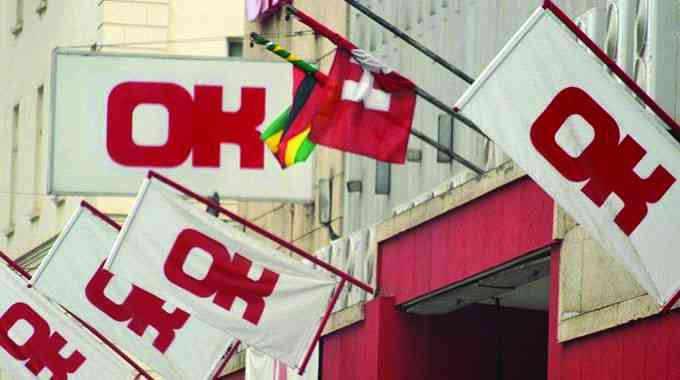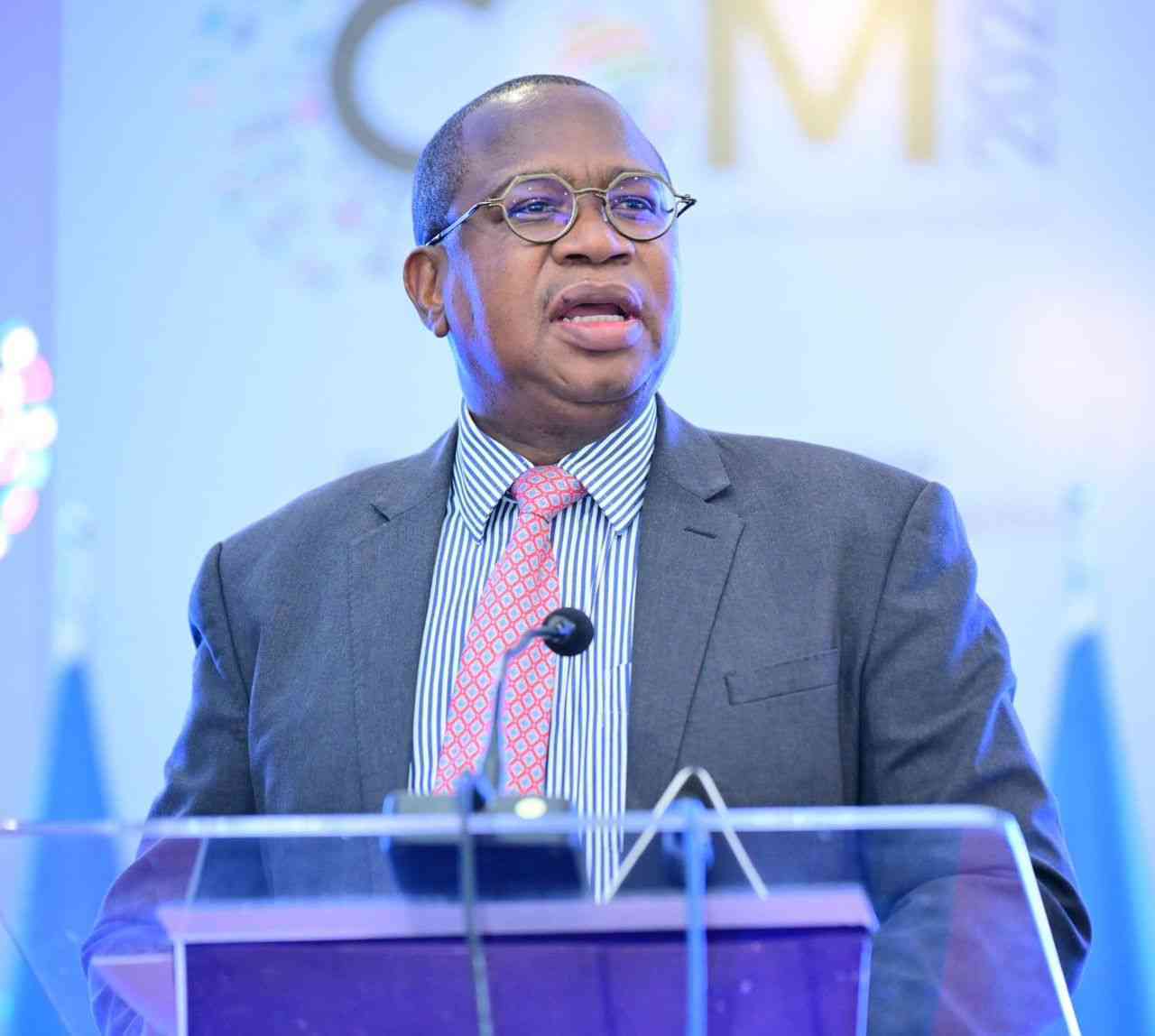
The fast-moving consumer goods (FMCG) giant and one of the biggest retail-chains based on branch network and footprint, OK Zimbabwe recently laid out its recovery plan and growth strategy.
This was communicated via a virtual analyst briefing, as the company also presented its half-year financial results to 30 September 2023.
The company, just like the rest of the formal retailing space, has fallen on tough times over the past few years mainly due to competition coming from the informal sector and what management described as “an unlevelled playing field” which was brought about by exchange rate disparities and the 10% limit on the official exchange rate.
As a result, sales volumes in the most recent reporting period were down 22,6% versus a 10% decline in its competitor, TM Pick n Pay’s volumes. However, the reporting periods are slightly different.
After the reporting period, the company adopted a new strategy of quoting in-store prices in US dollars, which strategy its competitor hasn’t adopted yet.
This has enabled OK Zimbabwe to increase its foreign currency sales from close to 10% to just under 30%, according to management, and has solved the problem of menu costs.
The short-term priorities are anchored on volume recovery, cost rationalisation, and diversifying income streams.
According to management, the cost realisation strategy will be supported by strengthening inventory controls and reducing waste through sound internal controls.
- EcoCash, OK Zimbabwe seal partnership
- OK Zim ignites Christmas is Here promotion
- Business giant Chiura laid to rest
- Currency woes: Suppliers demand cash upfront
Keep Reading
Pricing in US dollars was one of the key steps which is aimed at offering competitive pricing through discounts and promotions to attract back market share.
The company also recently implemented a new Enterprise Resource Planning (ERP) system, replacing the one that had been there for over three decades.
This is envisaged to improve efficiency and enhance customer service.
Also critical in getting the giant back on its feet is the diversification of income streams and leveraging the value-added services.
The company recently launched Vimbai Capital, which will house its money remittance services, insurance, banking and other businesses, thereby increasing its non-funded revenue base.
The company boasts of a 5 000 to 8 000 daily footprint that comes to collect remittances and would want to capitalise on that.
The company recently opened a liquor store in Banket, the first standalone liquor store — and hopes to replicate the model in other locations.
The recent acquisition of Food Lovers by the group was justified by management as it augments the already existing brands and is in line with the company’s vision of growth.
Food Lovers does not only serve the upmarket. The bulk of its goods are fruit and vegetables as opposed to traditional OK stores whose bulk are dry groceries.
On the medium to long-term strategy, the group is aiming to double the company’s size both in financial terms and in terms of sales volumes whilst reducing costs by half.
The company has been switching its strategy from renting its stores towards ownership, and they own the land and building that houses OK Mart, Chivhu. In addition, the business has been procuring land in areas such as Kwekwe, Kadoma, and Karoi amongst others.
The growth strategy, as articulated by management, will be pinned on growth of volume and share across all formats.
The other pillar will be repositioning the brand offering as the company plans to create a world-class retail destination and improve the ambience of the stores/.
The Omnichannel Universe Expansion is also key to the strategy as it speaks to the customer’s shopping experience utilising technology.
This strategy is crafted with the shoppers in mind, and transforming cost structures can’t be overemphasised.
The final pillar is harnessing people’s capabilities through programmes to improve human resources and training.
Analyst’s opinion
OK Zimbabwe management is caught up between a rock and a hard place, their business is right in front of everyone and the market can see that these are not the best of times.
They have a plan and vision, which they articulated to the market, but will take more than just words to win back the confidence of the market.
It is a mammoth task at hand.
I think since they have started quoting their prices in US dollars, their full-year results should also be in that currency before the market starts taking their numbers seriously.
I think the idea of capturing the customers inside the OK shop, by making it a one-stop shop is a noble one as long as the pricing is competitive.
The Alowell pharmacy is another good idea but I am not sure if running the pharmacy provides the best service as opposed to outsourcing and collecting rental as before.
If the claims that acquiring Food Lovers was cheaper than organically opening three new stores are true, then management needs to make sure they maintain the Food Lovers standards, which are different from ordinary OK stores as it is.
The market has been divided concerning the business’ move of buying land and constructing.
I think the market is being unfair to the company, considering the hyperinflationary environment that Zimbabwe perpetually is in.
Hardening the balance sheet only makes sense especially if value preservation is on the agenda.
An argument is then raised, which says OK is an FMCG and has no business to hold on to land.
But I would like to look at the company as more than just an FMCG.
It is more of a financial institution.
They sell goods in-store on terms that make them cashflow positive at any given time, and just like a bank they pay little to nothing for that advantage.
In addition to that, the group has a branch network of over seventy stores and a daily footprint of over 100 000.
The way I see it, the company is transforming into a bank, which justifies hardening the balance sheet.
The company has been lavish with dividends in the past, but a more conservative approach might be required to finance this dream.
The wholesale market, which is served by OK Mart, now contributes close to 22% of revenue and that might need to increase such that the company can tap into supplying the informal market as opposed to competing with it.
- Hozheri is an investment analyst with an interest in sharing opinions on capital markets performance, the economy and international trade, among other areas. He holds a B. Com in Finance and is progressing well with the CFA programme. — 0784 707 653 and Rufaro Hozheri is his username for all social media platforms.










